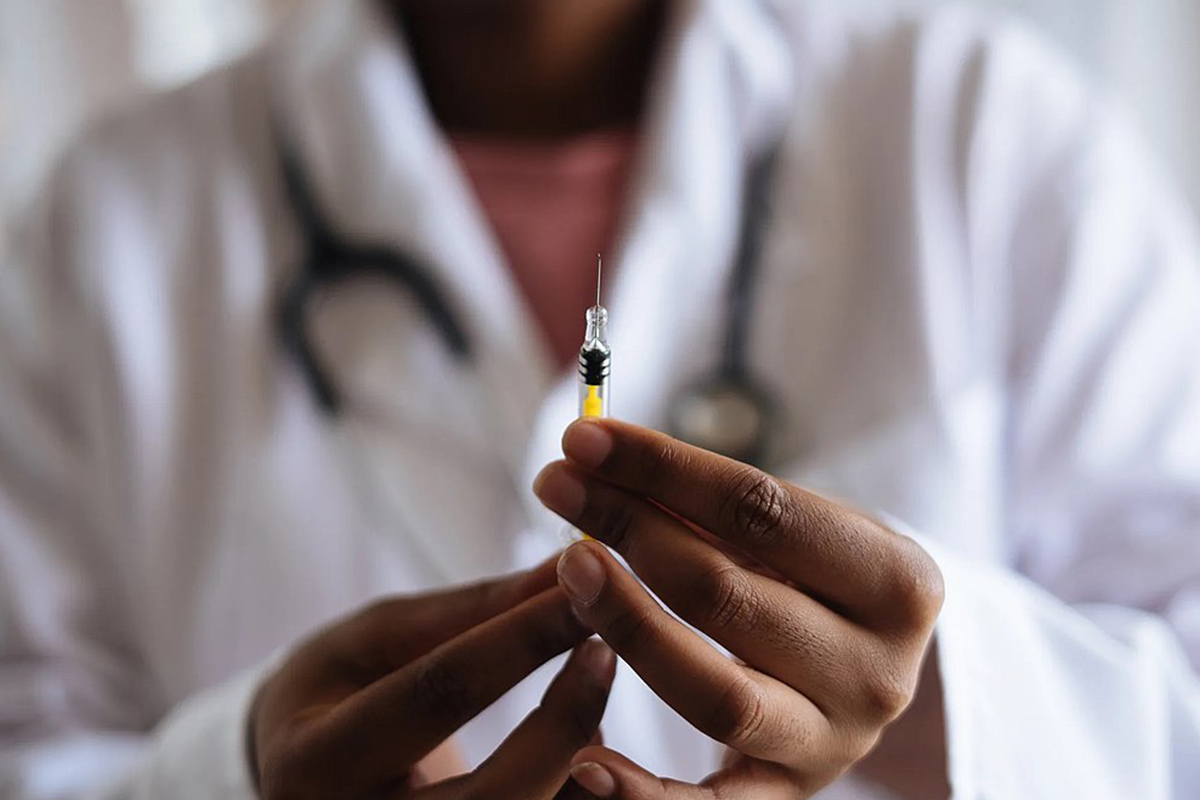National Immunization Awareness Month provides the opportunity to review student vaccination records at “check point” grades
According to the California Department of Public Health (CDPH), reported kindergarten and first grade immunization rates in 2021–22 decreased slightly from before the pandemic. The proportion of kindergarten students reported to have received all required immunizations was 94.3 percent in 2019–20 and 94 percent in 2021–22. An interim rate for kindergarten students in 2020–21, when immunization or reporting might have been affected by delayed immunization and widespread school closures, was 92.8 percent. However, the rate for this cohort during first grade in 2021–22 was 96 percent. The rate of kindergarteners reported as having received two doses of measles, mumps and rubella (MMR) in 2021–22 was 96.3 percent, with 16 (28 percent) of California counties reporting MMR rates below 95 percent. The rate of kindergarteners reported with permanent medical exemptions decreased from 1 percent in 2019–20 to 0.3 percent in 2021–22, the lowest level since 2015–16.
California law requires all children enrolled in schools, both public and private, to have certain doctor-recommended immunizations, or receive them when they enroll.
Immunizations required to enter kindergarten include polio; diphtheria; tetanus, and pertussis (DTaP); MMR; hepatitis B; and varicella (chickenpox). To enter seventh grade, students must receive the DTaP booster and varicella.
California’s vaccination laws
In 2015, California passed Senate Bill 277, which eliminated personal belief and religious exemptions. Noticing an uptick in new medical exemptions, the Legislature passed SB 276, enacted Jan. 1, 2020, allowing the state some oversight of medical exemptions written for students attending public and private schools and day care centers. The law requires a clinically trained physician, surgeon or registered nurse from the CDPH to annually review immunization reports from schools and institutions to identify those with an overall immunization rate of less than 95 percent; doctors who submitted five or more medical exemption forms in a calendar year; and schools and institutions that do not report immunization rates to the department. The law also prohibits doctors from charging any fees for vaccination-related exams or forms related to such dispensation.
If a CDPH staff member finds that a medical exemption is inappropriate or otherwise invalid, it will be reviewed by the state public health officer or their physician/surgeon designee and revoked under prescribed circumstances. Medical exemptions written before Jan. 1, 2020, are not under state review, but new medical exemptions are required when a child enters kindergarten, seventh grade or changes schools.
In 2021, the state created an online portal to send immunization records directly to the CDPH; the portal also allows school administrators access once a child attending the school has been issued a medical exemption in the system.
Vaccination checkpoints and other details
Districts should have a process in place to check vaccination records at the designated checkpoints: when children newly enroll in the district, enroll in transitional kindergarten/kindergarten and when students advance to seventh grade. Schools are required to document each student’s vaccination history and the vaccination record of each student enrolled conditionally must be reviewed regularly to ensure they receive their immunizations by the required time. Those who fail to receive their immunizations by the designated date will be prohibited from attending school. It is important to note that the CDPH directs that, “students who have an individualized education program may continue to receive all necessary services identified in their IEP regardless of their immunization status.”
The National Public Health Information Coalition offers a toolkit containing key messages, vaccine information and helpful links to web resources from the Centers for Disease Control and Prevention and other organizations at www.nphic.org/niam. California specific information is available on the CDPH’s Shots for Schools page at bit.ly/44bSkiZ.





